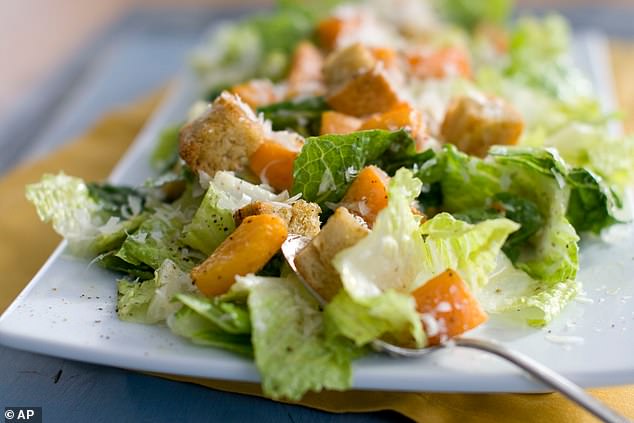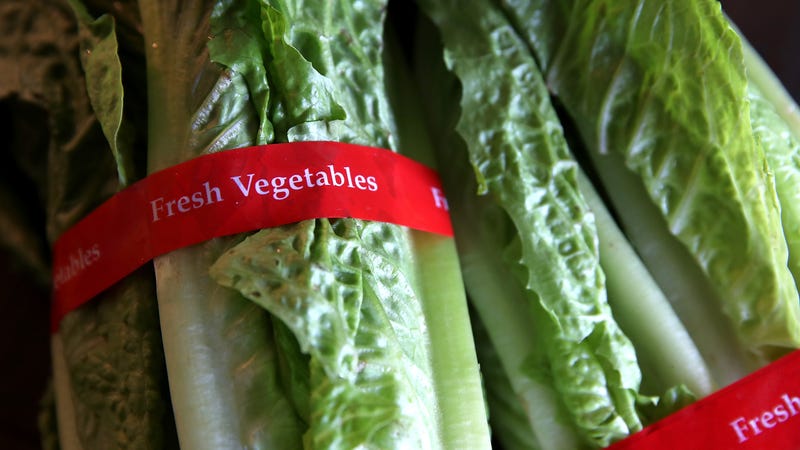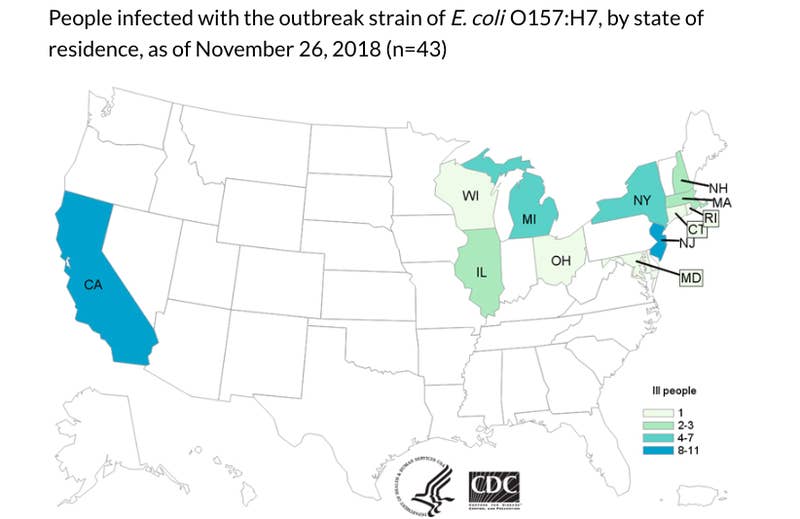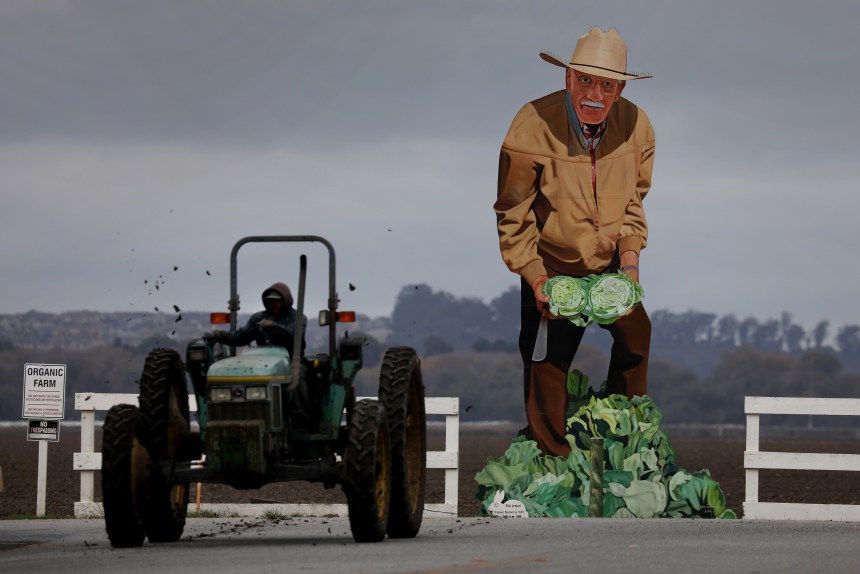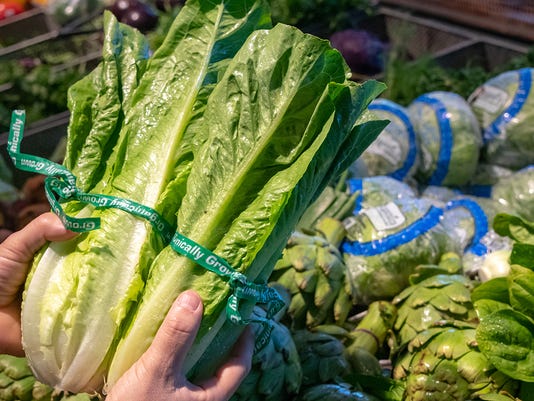- Joined
- Jun 6, 2005
- Messages
- 4,507
- Reaction score
- 3,967
- Points
- 598
I'm not an epidemiologist, but early in my career I provided technical support in teams led by epidemiologists investigating disease outbreaks, mostly related to water sanitation and treatment. The filing cabinets next to my desk also contained records of epidemiological investigations going back to about 1920, when the Bureau of Sanitation Engineering was first created. The trip reports provided very interesting reading - I learned that the first thing that the teams did when there was an outbreak was to compare the incidence of disease in the Chinese and Japanese communities with the rest of the community. If the epidemic was having little effect in the Asian communities, the teams knew right away that it was probably a water-borne epidemic.
Some of observations:
1. Gastroenteritis is/was a common descriptor for the cases I was aware of or involved with. All gastroenteritis means is that there was a gastroenteric infection of unknown etiology. As the ability to look for and identify specific pathogens has increased greatly over the years, many outbreaks that previously would have been classed as gastroenteritis now classed with specific etiology.
2. Related to that, you have to be very cautious in concluding that certain types of diseases are occurring with greater frequency now than in the past. Often what is seen is simply better identification and diagnosis. Giardiasis is an excellent example. People have been contracting giardiasis for as long as people have been drinking water from streams and lakes in watersheds that have mammals, particularly mammals who have close contact with water. But giardiasis wasn't even recognized as a waterborne disease until the late 1960s, and the ability to effectively identify giardia cysts in water didn't exist until specific antigen detection methods were developed in the mid-1970s.
3. In a similar vein, the awareness of disease outbreaks is directly related to the amount of effort put into looking for outbreaks, and the efficiency of those efforts. 100% of all unidentified outbreaks are not reported. When you start looking for outbreaks you will find them. That doesn't mean that there has been an outbreak. It might not even be an epidemic, if what you are identifying is the tip of a pandemic.
4. The probability of an outbreak being identified is directly related to the size of the outbreak. That's not surprising, but many people don't grasp the direct corollary - our data vastly undercount small localized outbreaks. So you can't look at the data and ratio the data to determine to what extent problems are linked to "large" vs. "small" outbreaks.
5. There is a trade-off that comes into play with macro-scale vs micro-scale food management systems. One advantage of a macro-scale system is that it is easier to assure that sanitation procedures are applied to all food, starting in the field, through preparation, and into distribution - a principle that Chipotle paid a dear price to learn. The disadvantage of a large scale system is that when a problem occurs, the scope of the problem is much greater - a principle that Jack-in-the-Box paid a dear price to learn. Also apply again the principle that most of those small outbreaks are going to go undetected.
6. For myself, I can't say whether obtaining food from small local producers is more safe or less safe than obtaining food from larger scale production and distribution systems. When I walk through a farmers market, I know there is little to no real assurance of how that produce has been grown and handled. I don't know that it's organic just because the vendor says it is. How do I know that the vendor didn't use animal manure to fertilize the greens and close ground contact vegetables and fruits, such as tomatoes, radishes, carrots? How do I know that the farm isn't downwind of someone who is raising and managing livestock (so the farm is subject to deposition of wind-blown animal waste)? What do I know of the handling procedures used with the milk to produce that cheese? It's pretty much an unregulated market out there. I don't think I can assert that it's any safer; in fact in many ways it's like a return to how things were done before large scale food processing occurred, and there is evidence that food sanitation was a problem then. I remember my Mother, who grew up as a near-subsistence level sharecroppers daughter in North Dakota, commenting how she felt more comfortable feeding us dairy and meat items from the supermarket because she had greater confidence the supermarket food wasn't contaminated as compared with food that her family ate when she was a child (especially dairy and meat).
Thank you for taking the time to make this post. You wrote what I was trying to say but was too lazy to post such a well written and informative post.
I especially like number 6. Modern food production,regulations. and improvements in detection have made our food distribution the safest it has ever been. Unfortunately as you say data will not prove or disprove this opinion.

